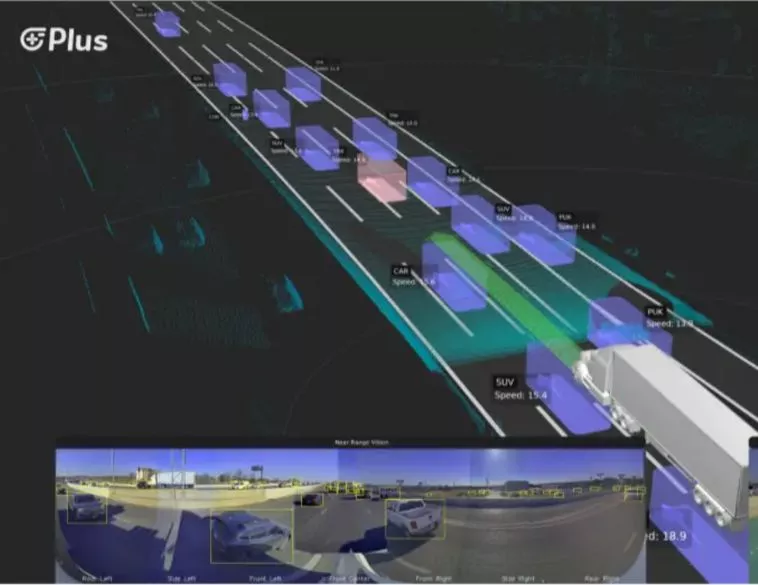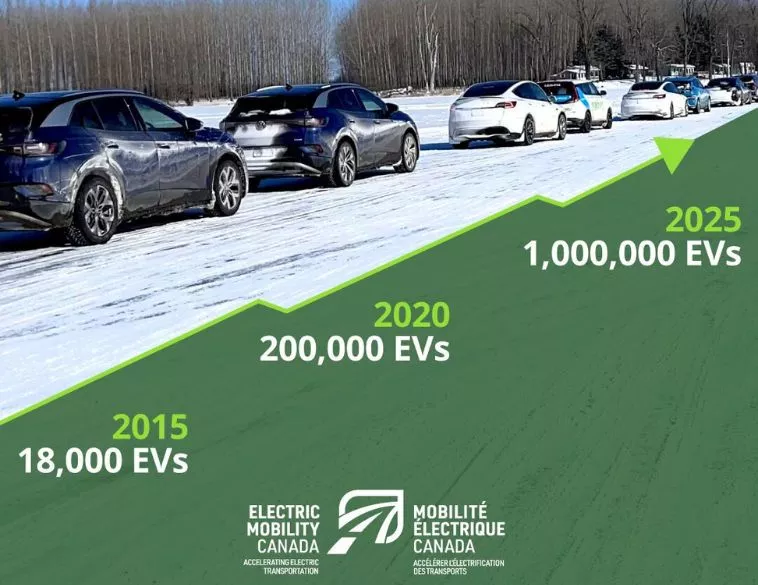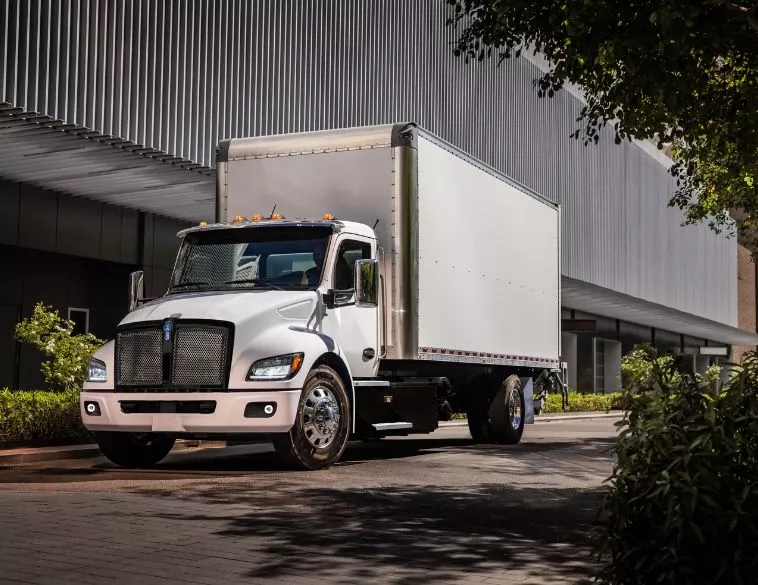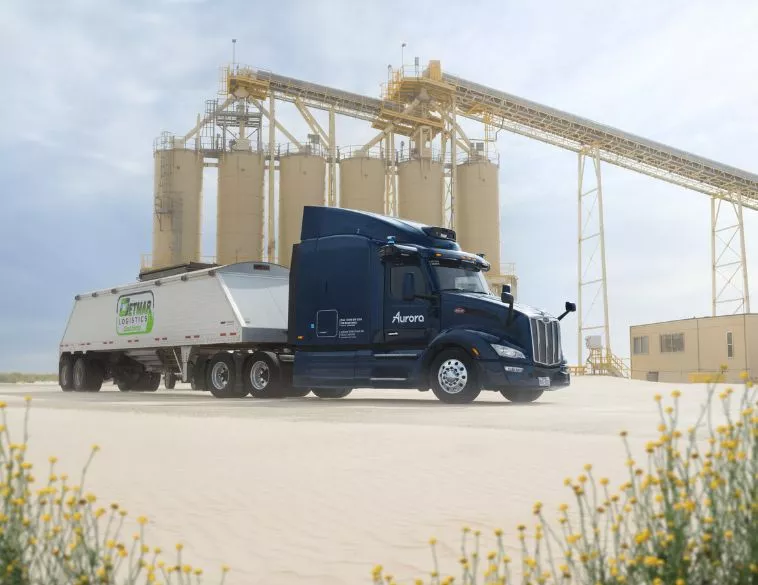PlusAI Unveils Key Performance Indicators Toward Commercial Launch of SuperDrive
PlusAI, a technology company specializing in AI-powered virtual driver software for autonomous commercial trucks, today announced a new set of key performance indicators (KPIs) that mark significant progress toward the commercial readiness of its SuperDrive™ system.
In the first half of 2025, PlusAI reported 86% Safety Case Readiness (SCR), 98% Autonomous Miles Percentage (AMP), and 76% Remote Assistance-Free Trips (RAFT) — up from 75%, 97%, and 69% respectively in the second half of 2024.
As the company transitions into a publicly traded firm, it will continue to publish these KPIs regularly to offer transparent insight into its path toward a commercial launch in Texas in 2027.
“We have a clear roadmap to the commercial launch of SuperDrive,” said David Liu, CEO and Co-Founder of PlusAI. “By publishing these metrics, we’re reinforcing our commitment to a safe, scalable rollout of autonomous trucking. It’s vital for our partners, customers, regulators, and the public to see our progress.”
Real-World Testing and AI-Powered Intelligence
PlusAI’s autonomous technology has logged over five million miles across the U.S., Europe, and Asia. These real-world operations have created a proprietary dataset that fuels the development of SuperDrive’s driving intelligence, enhanced by generative AI, auto-labeling, model distillation, and highly optimized neural networks.
A Rigorous Safety Framework
PlusAI’s Safety Case Framework (SCF) follows best practices from aviation, nuclear energy, and other high-stakes industries. It is structured around five key pillars:
- Understand: system definition and hazard identification
- Design: redundancy and fault-tolerance built into architecture
- Develop: performance validation through testing and simulation
- Prove: continuous safety measurement and improvement
- Deploy: post-deployment monitoring and version control
By aiming for 100% SCR and 90%+ RAFT, PlusAI is paving the way for a future where commercial fleets can operate end-to-end routes without any human driver involvement.






